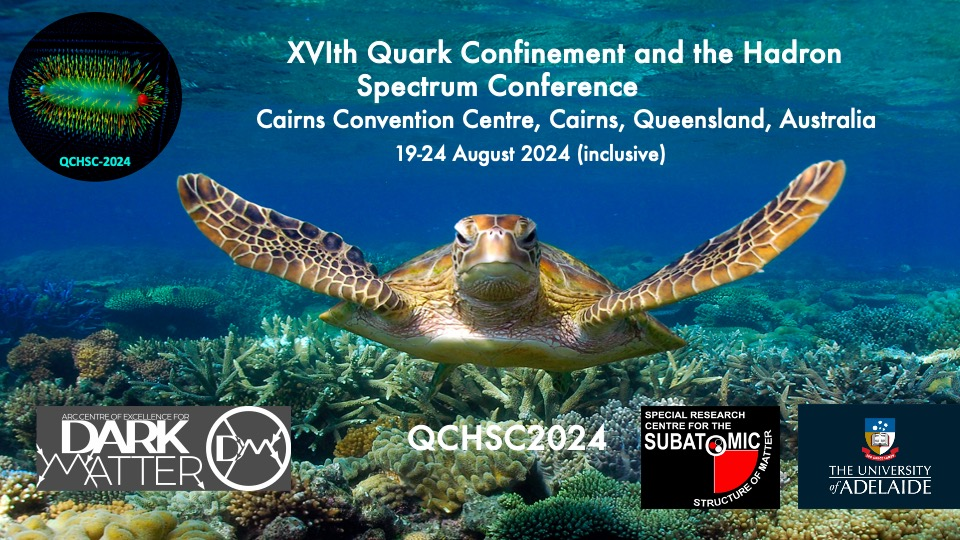Speaker
Description
Since singly heavy baryons and doubly heavy tetraquarks contain two light quarks, they are expected to exhibit well-developed (light-)diquark structures. The properties of light diquarks are affected by spontaneous chiral symmetry breaking and serve as a sensitive probe for investigating the unknown property of the QCD vacuum.
In this talk, we will discuss the spectroscopic properties of heavy hadrons, where we construct a chiral effective model implementing chiral-partner structures of light diquarks (e.g., scalar/pseudoscalar diquarks [1] or vector/axialvector diquarks [4]) and apply this model to heavy-baryon spectra [1,2,4], heavy-baryon decays [3,6], and heavy tetraquarks [5].
[1] M. Harada, Y.-R. Liu, M. Oka, and KS, Phys. Rev. D101, 054038 (2020).
[2] Y. Kim, E. Hiyama, M. Oka, and KS, Phys. Rev. D102, 014004 (2020).
[3] Y. Kawakami, M. Harada, M. Oka, and KS, Phys. Rev. D102, 114004 (2020).
[4] Y. Kim, Y.-R. Liu, M. Oka, and KS, Phys. Rev. D104, 054012 (2021).
[5] Y. Kim, M. Oka, and KS, Phys. Rev. D105, 074021 (2022).
[6] Y. Kim, M. Oka, D. Suenaga, and KS, Phys. Rev. D107, 074015 (2023).

